Success Through Limitation
Limiting the nutrient supply was long regarded a successful method for lush waterplants. Here, phosphate was kept in short supply in the first place. Phosphate can be stored very well by plants and does not necessarily have to be dissolved in the water in large quantities. There are different ways to achieve a limitation. Phosphate is the main nutrient that is limited in both systems presented here.
PMDD Fertilization
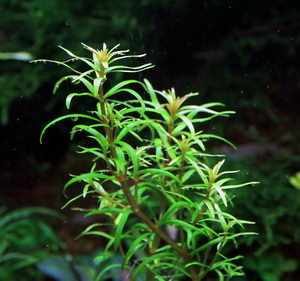
The "Poor Man's Dosing Drops" (PMDD) system was elaborated by Paul L. Sears and Kevin C. Conlin. They regarded a limited phosphate supply as a key to an algae-free tank. A sufficient supply of nitrogen, potassium and micronutrients and at the same time a very low phosphate content, they assumed, is the basis for optimal plant growth that enables the aquatic plants to outpopulate algae. Phosphate is primarily absorbed by the plants, and thus the algae are undersupplied.
Practical experience in aquaristics has shown that the fear of phosphate as a growth trigger for algae is groundless in a well-planted tank, and current PMDD fertilizers have been slightly altered due to this knowledge. Plants do need phosphate for healthy growth, and only if all nutrients are present in sufficient quantities they will grow well (Law of the Minimum by Carl Sprengel and Justus von Liebig) and form a strong enough biological competition for algae. However, if just one nutrient drops below the necessary level, the plants cannot grow any further, and algae, which are far more adaptable, gain the upper hand in the tank. Thus a basic supply with all nutrients should be given, and tiny amounts of phosphates are now also added to the new generation of PMDD fertilizers. Especially the new and stronger lightling technology is a reason for the necessity to add small quantities of PO4.
However, not much has changed regarding the levels to be reached in the tank:
| Nutrient | Target |
|---|---|
| CO2 | 15-20 mg/l |
| NO3 | 5-10 mg/l |
| PO4 | = 0,1 mg/l |
| Fe | 0,1 mg/l |
This limited fertilization leaves no gaps in the nutrient supply and provides for healthy but not too fast plant growth. Due to the phosphate limitation, the CO2 level may be a little lower as the plants do not require as much carbon dioxide as with the Estimative Index method due to the limited phosphate supply.
Daily nutrient dosage is far lower compared to the Estimative Index:
| Nutrient | Dosage |
|---|---|
| NO3 | 1 mg/l |
| K | 1,3 mg/l |
| PO4 | 0,1 mg/l |
| Mg | 0,1 mg/l |
| Fe | 1 ml Mikro Basic Eisen je 50 Liter |
Fertilization with Aqua Rebell products might look as follows:
| 2 ml Makro Basic NPK per 50 litres per day |
| 0.5-1 ml Mikro Basic Eisen (complete Iron Fertiliser) per 50 litres per day |
Soil Fertilization
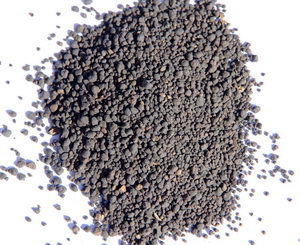
Tanks with a soil substrate might as a rule be fertilized with unlimited amounts of nutrients, however, typically they are subject to a limited-type fertilization. Here we have chosen the traditional approach and we?ll go into detail on the example of Aqua Rebell fertilizers.
Basically, a major part of the nutrients is brought into such a tank with the soil substrate. Soil is rich in nitrogen and already contains a small amount of phosphate as well as many micronutrients. If you follow the approach of nutrient limitation, please make sure you spread an additional nutritive substrate under the soil substrate in order to provide the plants with nutrients primarily via the ground in the long run, too. This additional substrate usually consists of pumice, additional nutrients and bacteria starter cultures.
What a soil substrate lacks is potassium, and we have to add this first and foremost. Micronutrients ought to be supplied in small amounts in addition so the plants can fill their needs over their roots as well as over their leaves. The quantity of iron they require might also be elevated, which can make a well-dosed iron fertilization necessary.
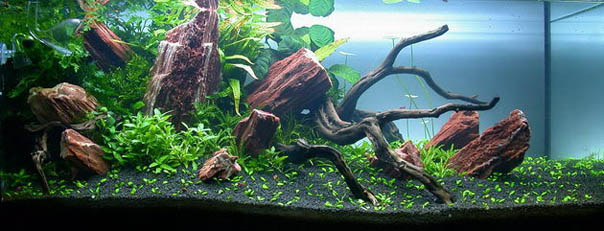
Waterplants with a very fast growth habit may even require additional doses of phosphate and nitrogen, however, only in small quantities so their growth remains healthy but does not get out of hand.
A slow but constant plant growth is the main focus of the limited soil fertilization approach. Sufficient amounts of CO2 are added, though, so the waterplants do not run into a carbon dioxide deficiency, their growth is only limited by the phosphate supply. A compact and colourful underwater flora can be achieved by this method, and together with sufficient light a stunning aquascape may be realised.
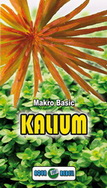
Potassium is the basic fertilizer. Add 1 ml Makro Spezial K per 50 litres per day. This fills the nutrient gaps of the soil substrate and provides for lush and healthy growth.
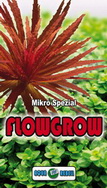
Micro Special Flowgrow provides your plants with iron and essential trace elements. Add 1 ml per 50 litres per day.
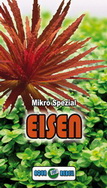
Micro Spezial Eisen contains an extra high amount of iron, and moreover the important micronutrient manganese is added. Iron and manganese help your plants regain their bright green colours, and give a more intensive colouration to red plants. Only add if needed, the dosage is 1 to 2 ml per 100 litres.
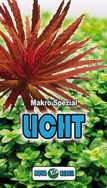
Makro Spezial Licht is a nitrogen and phosphate fertilizer that covers the enormous requirements of fast-growing plants and thus provides for healthy and strong growth. Add 1 to 2 ml per 100 litres per day.
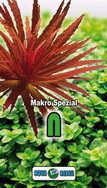
Makro Spezial N adds additional nitrogen and may stimulate the growth of your waterplants even further. Their colouration will become more intensive and their growth rates will increase. Add 1 to 2 ml per 100 litres per day.